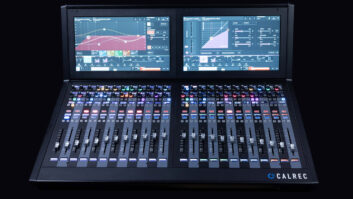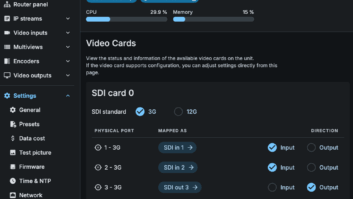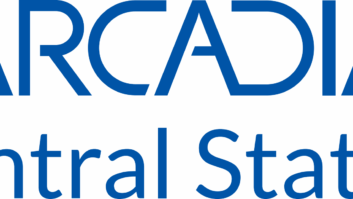Video collaboration is already a must-have technology, enabling companies and workers to communicate with business partners around the globe. Now, however, concurrent trends including a digitally-savvy millennial workforce, new styles of workplace design and the continued growth of global commerce are setting the stage for the next era of video conferencing — an era that will deliver new benefits to users thanks to a new generation of cameras with artificial intelligence technologies that enable big data analysis and room automation.
“When looking at the realities of the modern enterprise, it’s obvious that video collaboration will continue to grow in popularity, and eventually become ubiquitous,” predicted Aurangzeb Khan, Jabra SVP Intelligent Vision Systems. “The trend of utilizing small huddle rooms for meetings coincides with major advances in video collaboration technology and artificial intelligence, leading Frost & Sullivan to estimate that huddle rooms will host up to 70 percent of all video conferencing meetings by 2022.”
While embracing video collaboration provides immediate bottom-line value, such as reducing travel costs and carbon footprints, the underlying video technology can now deliver far greater benefits. By combining intelligent video systems with cloud AI and locally-based edge AI, organizations can build massive lakes of big data that they can analyze and react to in real-time. This data allows companies to automate and optimize workflows to increase business efficiency, thereby multiplying the ROI from such technologies.
“Consumer platforms like FaceTime and WhatsApp have generated rapid acceptance and enthusiasm for everyday video communication,” Khan added. “In the enterprise world, the continued growth of video collaboration relies on advances in technology, such as the latest multi-camera arrays that offer an unprecedented 180-degree field of view. With these new video collaboration camera systems, companies can host all-inclusive meetings in much smaller rooms without anyone being excluded or out of the camera’s view.”
Khan also noted that high-growth global companies, including Uber and Indeed, thrive on video collaboration. Concurrent with the growth of open office designs, huddle rooms now provide an efficient place where teams can collaborate quickly and easily while requiring minimal space and infrastructure.
The newest 180-degree camera systems incorporate cutting-edge video stitching software that eliminates visible distortion, making it much easier for AI algorithms to accurately monitor and analyze video information that results in usable data. When video is distorted, AI algorithms can struggle to identify objects correctly.
“For example, companies can automate workflows through anonymous people-counting technology,” Khan explained. “By knowing how many people are present or if any person is present, a business can create software control signals which enable systems to automate room reservation and release, or autonomously turn off power-consuming equipment when it’s not needed. The Wall Street Journal recently reported on a study in which 40 percent of employees said they waste 30 minutes per day looking for meeting spaces. With so much potential to regain this lost time, self-improving collaboration tools offer enormous value for worker productivity and operational efficiency.”
With anonymized people data, businesses can analyze patterns of corporate real estate use and determine real ROI on huddle room investments. Until recently, data on corporate real estate usage was sparse, but these new technologies that provide accurate data with fine granularity are offering CIOs new ways to make data-based decisions that provide immediate benefits at a time of rising real estate costs. Looking beyond huddle rooms, office spaces with hot desking designs can determine the load factor across each day, week and season, and then react to patterns and trends in order to maximize efficiency.
“In the future, we will reach a point where video meetings achieve higher productivity than in-person meetings,” Khan predicted. “Advanced capabilities, such as a tool to find and add whiteboards as a virtual video stream or algorithms for real-time people detection and counting, are introducing even greater potential for efficiency gains. Innovations in edge AI that make it more powerful and interconnected with cloud AI will unlock even greater potential. As these technologies evolve and become ubiquitous in enterprise environments, we will undoubtedly uncover even greater benefits as we learn to more effectively harness endless streams of big data.”










